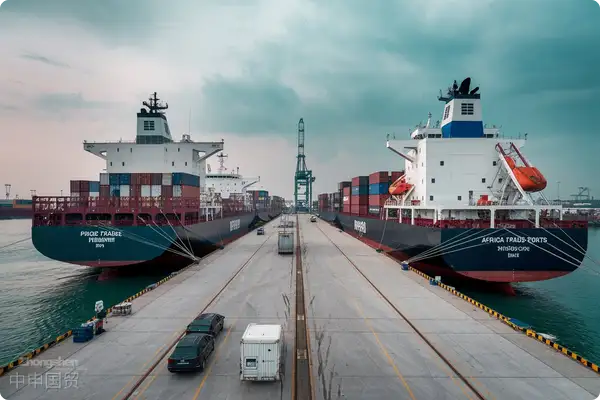- Shanghai Zhongshen International Trade Co., Ltd. - Two decades of trade agency expertise.
- Service Hotline: 139 1787 2118

The Three Core Challenges of Industrial Spare Parts Import
Against the backdrop of global supply chain restructuring in 2025, the import of industrial equipment spare parts faces new compliance requirements. According to the latest statistics from the General Administration of Customs, the error rate in declarations for electromechanical spare parts has increased by 37% year-on-year, with 72% of the errors concentrated in HS code classification and origin determination. A certain automobile manufacturer, due to incorrect HS code declaration for a gearbox repair kit, caused an entire shipment to be detained at the port for 23 days, incurring additional storage fees of 170,000 yuan.
Comparison of the Value of Professional Agency Services
Traditional Trading Companies vs. Professional Spare Parts Agents:
- Customs clearance timeliness
- General Proxy: Average 5-7 working days (subject to classification challenges)
- Professional agency: 2-3 working days (with pre-classification database support)
- Certification fees account for 15 - 20%
- Hidden costs: Account for 18-25% of regular agency quotes (including amendment fees and late declaration penalties).
- Transparent Pricing: Professional agents adopt the DDP (Delivered Duty Paid) all-inclusive model.
2025 agency service selection standards
It is recommended that enterprises evaluate proxy service providers from four dimensions:
- Technical document processing capability
- Capable of recognizing 23 types of internationally certified marks (including the new CE 2025 standard).
- The translation accuracy of electromechanical parameters must reach 100%.
- Emergency response mechanism
- Provide 7×24 customs consulting services.
- The success rate of emergency import channel applications for spare parts exceeds 90%.
Practical Case: Cost Reduction Plan for a Heavy Industry Enterprise
A shield machine manufacturer achieved the following by optimizing its agency model:
- Establish a dedicated tax code database for spare parts (covering 98% of SKUs).
- Utilize the AEO-certified enterprise qualification to reduce the deposit by 3 million yuan.
- By combining the use of temporary import/export and repair goods supervision codes, tax savings of 46% were achieved.
Key points of risk prevention and control
Key regulatory changes to watch in 2025:
- Restrictive clauses on second-hand spare parts under the EU's new Machinery Directive
- Application of RCEP's Rules of Origin Accumulation in the Field of Repair Parts
- Customs has tripled the inspection intensity for "parallel import" activities.
Development Trends for the Next Three Years
According to the latest WTO Trade Facilitation Agreement, the following will be implemented in 2025:
- Global Mutual Recognition System for Pre-classification of Electromechanical Products
- China Single Window connects with customs systems of 63 countries.
- Key industries to establish a white list system for spare parts imports.
Related Recommendations
? 2025. All Rights Reserved. Shanghai ICP No. 2023007705-2  PSB Record: Shanghai No.31011502009912
PSB Record: Shanghai No.31011502009912










